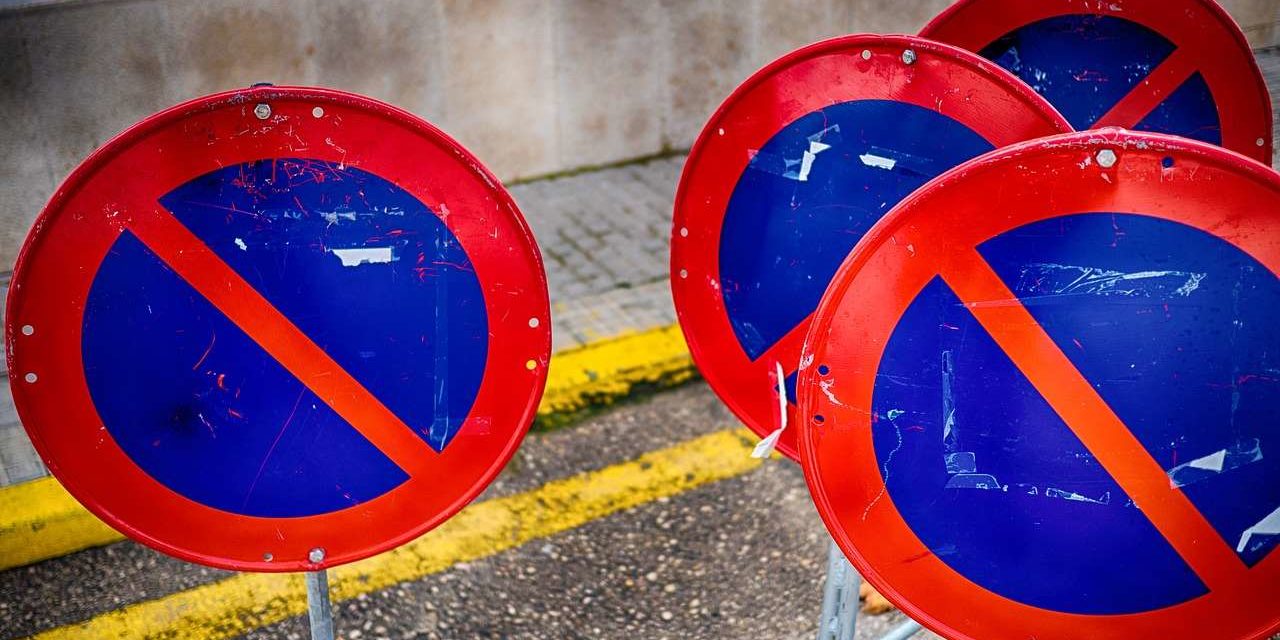Is there anything more frustrating than spending tens or even hundreds of hours carefully crafting the most effective Google Ads campaign, meticulously planning each and every tiny detail only to have your entire account banned due to some technicality?
Unfortunately this scenario is more common than you think and it could happen to you as well at any moment.
Of course to be fair, Google does send a warning email or notification if it finds anything wrong but more often than not, marketers and business owners are so busy making the most of their budget that they end up ignoring these notifications.
To ensure that your Google Ads account does not get banned and remains in good standing, you need to be aware of the following ways in which your account could get into trouble.
1) Payment default
Now this may seem quite obvious but you would be surprised the number of accounts that get banned due to payment default.
So if somehow you end up defaulting on your monthly Google Ads bill due to credit card issues or whatever, your account is likely to get deactivated.
There are times when certain credit card companies would block certain internet based transactions due to card security reasons. This could be a random block and often you have to call your credit card company to let a transaction go through.
As an advertiser, you have to keep in mind such things and ensure your Google Ads bills are paid on time.
There is another specific issue on payment default that is faced by agencies.
Sometimes a client may give an agency or freelancer full admin access to manage their Google Ads account. However, if this client decides not to pay or defaults on their monthly bill, then all emails associated with that account also get banned.
As a digital marketing agency, you need to be vigilant on which account you are using to manage client campaigns and whether your client is paying the bills directly to Google on the due date.
2) Copyright infringement
Copyright infringement can happen in multiple ways when advertising on Google Ads.
Firstly, while you may bid on competitor names or brand names, remember you cannot use any of those names in your actual ad content. Regardless of whether the ad is text based or graphic based, it cannot have any mention of another company’s name or registered trademark.
Using such content in ads will get your account banned quite quickly.
Sometimes we can quite innocently compare our product with a competitor’s product. However, the moment you use their name, you are setting yourself up for getting blocked by Google Ads.
Basically just remember not to use any brand names, registered trademarks or company names in your ad content that does not belong to you.
3) URL redirection
URL redirection would mean the link you provided where users should go after clicking your ad redirects to another URL or webpage.
Redirection could be instant or after a certain period of time. Neither of such scenarios are allowed.
In order to ensure Google users are not scammed or they are not being misrepresented in any way, Google Ads strictly does not allow redirection of URLs.
This is an issue that is commonly faced by affiliate marketers. Often the link provided by the affiliated company itself redirects on its own. Certain marketers also like to register their own domain and then redirect the domain to the affiliate link to look more professional.
All of these are not allowed. This is also a reason why many affiliate marketers are not able to advertise on Google any longer.
Mind you nowadays Google would directly reject an ad that has URL redirection instead of banning the account later. However, if you continue to try and get ads approved with redirected links, you may be blocked in the future.
4) Sales page misrepresentation
When it comes to our Google Ads campaign, we often think of the keywords and the ad content. However, your sales page, also known as the landing page has equal implications when it comes to the quality of your Google account.
You cannot misrepresent who you are or your product or service in any way in your sales page.
The most important aspect to keep in mind is that your sales page must talk about the same topic as the ad content. You cannot get users to click on your advertisement only to land on a page that did not have much to do with the advertising.
Users must be able to know at all times why they are clicking on an ad and what they can expect from the sales page.
5) Multiple accounts pointing to same site
If you have multiple Google Ads accounts with ads pointing to the same website or domain, all your accounts are likely to get banned in the future.
Although this is not a widespread practice any longer, there are some marketers who still feel they can get a lot of clicks at a cheap rate but using multiple accounts.
It is not necessary they would own all the accounts. Advertisers could pay someone else to advertise for them and do this with multiple users.
Note that this is not allowed when you are trying to point ads to the same URL.
However, you are free to maintain multiple accounts for various different campaigns or even separate out display network ads from search ads.
6) Tricking users or Google Ads
This point is related to everything you have read above. Basically do not try to trick users in any way to click your ad or visit a sales page they had no intension of visiting.
Of course it goes without saying do not try to trick Google Ads themselves. If you are wondering who would try such a thing, well you would be surprised.
As long as you maintain a clean campaign, pay Google Ads dues on time and are not involved in any misdeeds like misrepresentations, copyright infringements, URL redirections etc. you should be absolutely fine.
Get a huge competitive advantage.
Learn about your competitor’s EXACT Google Adwords campaign from which keywords they are using to cost per click, ad texts, landing page URLs, budget spend etc.





